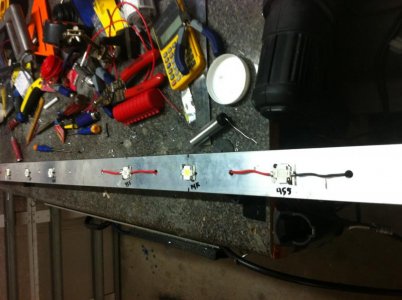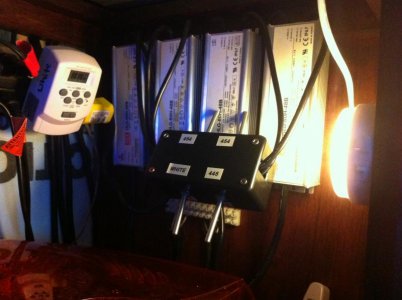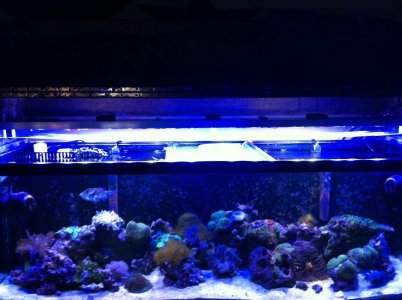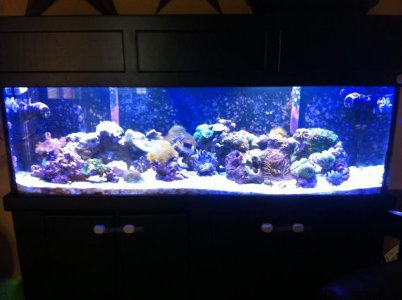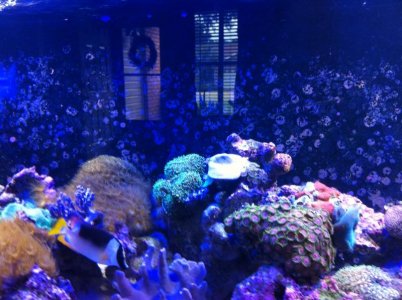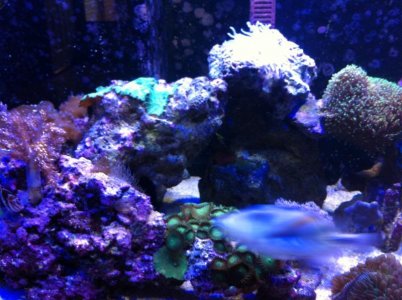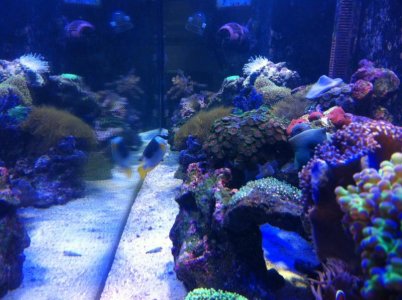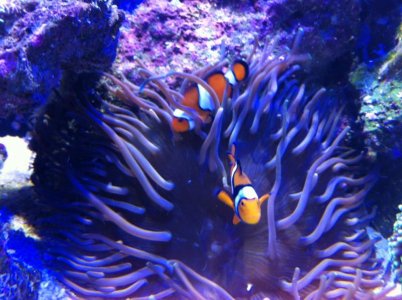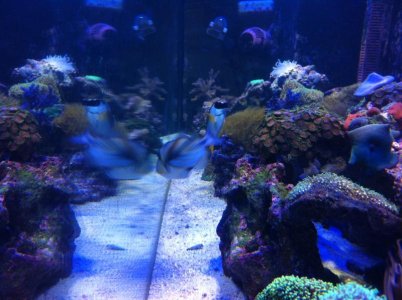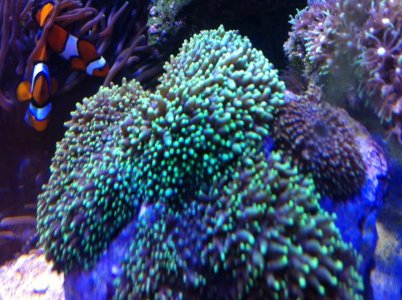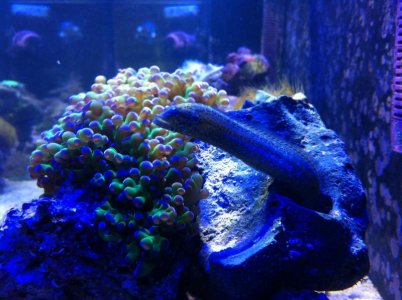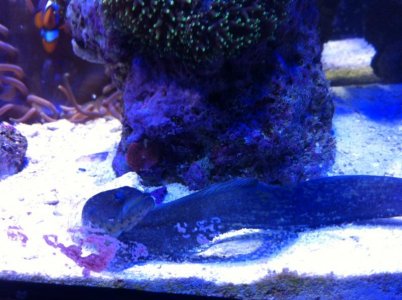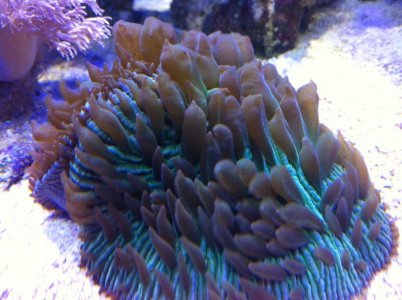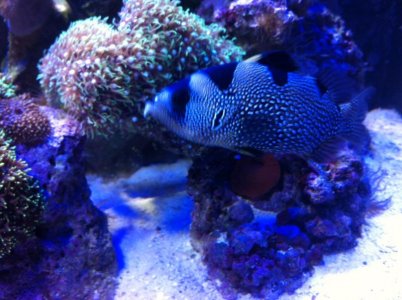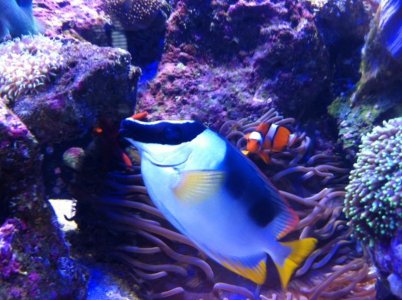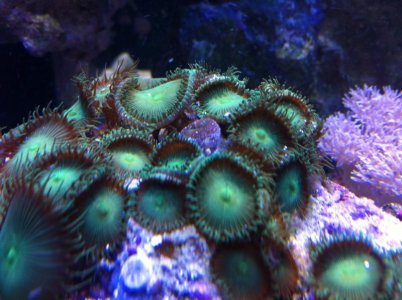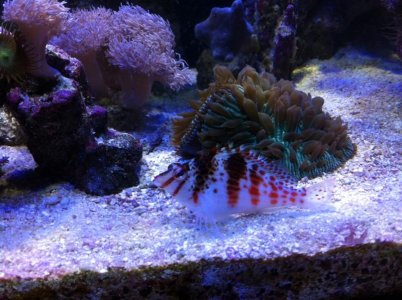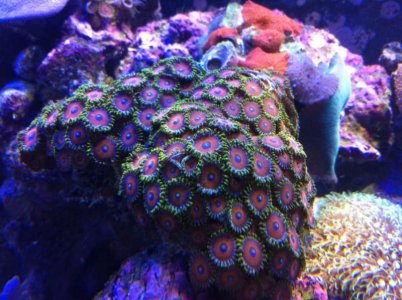Did I read the Acrc tortured English right? the hybrid multichip for the sanDiego reef group buy will have a copper backing plate. This is a good thing right? Better than aluminum??? Would we have to use a heatsink with a copper chip pad to prevent dissimilar metal corrosion in our moist environments. Not having experience with this can anyone enlighten?
I have no problem with the opposite (copper at the heatsink - aluminium att my chip´s) for 1.5 years. However - I´m going to isolate all copper parts from humid air as much as possible - just to be sure nothing going down to the water or that any Galvanic cell appears.
Copper is better than aluminium according to heat transfer.
@Ldog1988: You have to be logged in at "Saltvannsforum" to see your pictures. Please leave a link to your thread at Saltvannsforum. I understand Norwegian so I want to read.
@TropTrea
TropTrea said:
So you will have 5 channels will the total of the 5 channels = 36 V and 1400mA for a total of 50.4 Watts as Steves does. Or will each individual driver be able to put this out for a total of 200 watts?
I can see see something like this with a combination of Blue, Royal Blue, 5,000K and 20,000K LED's which allows the individual to precisely dial in the light they desire. However if they already know what they want it would be simpler to kust balance out the initial selection of LED's.
Yes, each driver will be able to put out max 36 V and 1400 mA
Yes, this will be max 50.4 W/channel
Yes, It will be 252 W max for the whole chip
Yes, we are able to understand
"New Math" here in Sweden

Yes, it is named 100 watts chip, but every invidual LED is of the 45 mil size. This means that you can, if you want, put out 700 mA to each invidual LED. Two strings parallell gives max 1400 mA
Yes, it will be a lot of heat
Yes, you need a very good cooler
Yes, it shortering the life span
No, I do not recommend to run at 1400 mA. I myself's gonna run with max 1000 mA
No - I have probably not taking with all the objections

TopTrea said:
You stated "2 50 Watt 10,000K" which is basicly 100 Watts of white light
Then you stated "2 20 Watt of 420nm" which is basicly 40 Watts of Blue
This gives you a ratio of 2.5 watts of white to 1 watt of Blue. This is okay for a fresh water tank but not for a salt water tank.
Most people run between 1 watt of white to 1'5 to 3 watts of blue. I personly run even a little more blues that the 1 to 3 ratio.
I´ll try again. I have experiences with this type of chip, multichip, for more than 1.5 year. I have tested many different combination. If you work with high Kelvin chips from the vendor I use at Ebay (AC-RC) you do not need the ratio 2RB/1white. I my self use the ratio 2white/1RB.
But in this case when CanadaChop use 420 nm I will give you right because this wavelenght is so close the human eyes perception that most people see it very weak. If CanadaChop take with some 445 and 455 nm blue also at ratio 1:1 (in watt - white/blue) would be fine, especially if he have a dimming feature
Sincerely Lasse




